Exploring the Southern Resident Orcas: A Call to Action
Written on
Who are the Southern Resident Orcas?
My fascination with orcas began with the film "Free Willy." Ever since, these magnificent creatures have held a special place in my heart. My affection for them is limitless, and I never tire of exploring their world. The inexplicable bond many of us share with these animals raises questions about its origins. There is an extraordinary quality about them that evokes deep emotions in us, which can be difficult to articulate. I often feel an unexplainable connection to these beings, leading me to ponder the unseen energies that exist beyond human understanding.
Orcas, often referred to as killer whales, are the largest members of the dolphin family. They inhabit oceans worldwide, with numerous distinct ecotypes. An ecotype represents a specific population within the same species. To clarify, all killer whales belong to the "orca" species, but depending on their geographical location, they may belong to a particular ecotype with its own culture, communication methods, diet, and physical characteristics. Moreover, each ecotype consists of pods, which are groups of orcas that share social ties and exhibit unique traits, sometimes joining to form larger groups called "super pods." This is akin to humans gathering at social events or family reunions, where individuals from various pods occasionally come together for social interactions.
The Southern Resident Killer Whales (SRKWs), which I will focus on, primarily inhabit the Salish Sea in the Pacific Northwest.
My journey to this point began with my deep love for orcas. I grew up in Berkeley, California, and attended the University of California, Santa Cruz, where I majored in Psychology. Initially, I intended to study Marine Biology, but during my second year, I shifted my focus to human behavior and social issues, believing I could revisit my passion for marine life later. When the COVID-19 pandemic struck, I returned home and worked at a mental rehabilitation center for youth, a position I cherished. However, I ultimately felt compelled to follow my heart back to the orcas and Seattle, Washington. Upon arriving, I found a job as a barista and volunteered for an orca sighting network. Since then, I've participated in scientific webinars, taken a marine naturalist course, and conducted my own research on the SRKWs.
Understanding the Southern Resident Orcas
Typically, during summer, the SRKWs frequent the San Juan Islands, drawn there by abundant food sources. In the fall, winter, and spring, they migrate down the coasts of Oregon and California in search of sustenance. The SRKWs primarily consume salmon, particularly Chinook salmon, which are crucial to their diet due to their high caloric content. Orcas are dietary specialists; each ecotype has adapted to consume specific prey using unique hunting techniques. While they can eat other types of fish, they prefer Chinook for their superior nutritional value.

The Research Behind SRKWs
The SRKWs are the most closely studied orca population globally, with research dating back to the 1970s. Scientists have developed a detailed identification system based on features such as dorsal fins, saddle patches, belly markings, and eye patches. The dorsal fin, the prominent fin that rises above the water, is key to identifying individuals, while the saddle patch consists of distinctive white markings below the dorsal fin. Decades of observation have enabled researchers to recognize individual orcas in their natural habitat. Studies also focus on orca behavior, travel patterns, fecal samples, and vocalizations.

Challenges Facing the SRKWs
Since 2005, the SRKWs have been classified as an endangered species, with only 74 individuals remaining. Human activities have significantly contributed to their decline. In the 1970s, the population plummeted due to captures for marine parks, a period known as the "Capture Era." Lolita, the last remaining SRKW in captivity, has spent nearly 50 years alone in a small tank at the Miami Seaquarium. Today, the SRKWs face several threats: dwindling prey availability, toxic pollutants, and disturbances from boats.
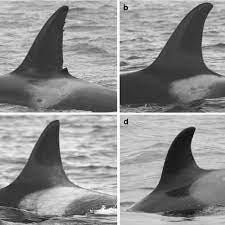
Declining Food Sources
One major challenge for the SRKWs is the lack of available Chinook salmon. As specialists, their survival hinges on this particular fish, which is increasingly scarce due to habitat loss, commercial fishing, climate change, competition from predators, and water infrastructure like dams. These barriers hinder salmon migration from rivers to the ocean, impacting populations in the Salish Sea, particularly the Fraser, Snake, and Columbia Rivers.
The Impact of Toxins
Society's reliance on hazardous chemicals has detrimental effects on ecosystems. Toxins accumulate in land and water, impacting the food chain. Phytoplankton absorb these toxins, which are then ingested by larger fish, eventually making their way to orcas. This process, known as bioaccumulation, leads to biomagnification, where toxins become more concentrated as they ascend the food chain. One particularly harmful toxin is PCBs, which, despite being banned in 1979, continue to affect orcas today, with scientists unsure of the full extent of their impact on health.
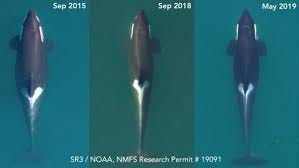
Vessel Noise and Its Effects
Imagine living in a constant state of disruption, surrounded by noise and people. This is the reality for orcas in the Salish Sea, where boat traffic from fishing vessels, ferries, and cruise ships is prevalent. A study during the initial COVID-19 lockdown indicated that vessel noise decreased by nearly 50%, positively impacting marine life, though the SRKWs were not present during this time. Research has shown that vessel noise increases stress levels in cetaceans and interferes with their ability to communicate and hunt effectively.
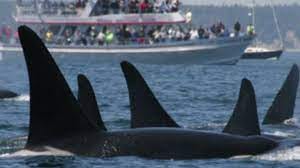
What Needs to Change?
A considerable amount needs to be addressed to assist the SRKWs. Recognizing the consequences of our actions is crucial, and it is our responsibility to help rectify the harm inflicted upon these magnificent creatures.
Dismantling Dams
Removing dams is a critical step toward restoring salmon populations. While the solution may seem straightforward, it involves complex political and economic considerations. The removal of dams poses job risks and raises concerns about energy production, but the potential benefits for the SRKWs are undeniable.
Combatting Climate Change
With rising water temperatures adversely affecting fish populations, we face a choice: continue our current trajectory or embrace change. Individual actions, such as adopting more eco-friendly habits, can contribute to a collective effort against climate change.
Reducing Commercial Fishing
Humans and SRKWs are in direct competition for salmon. While many societies rely on diverse food sources, salmon is integral to the cultural identity of some communities. However, our collective reliance on salmon exacerbates the challenges faced by the SRKWs.
Following Whale Wise Guidelines
In Washington and Canada, guidelines for boating around orcas aim to minimize disturbances, allowing them to engage in natural behaviors. Adhering to these rules is essential for protecting the SRKWs and their habitat.
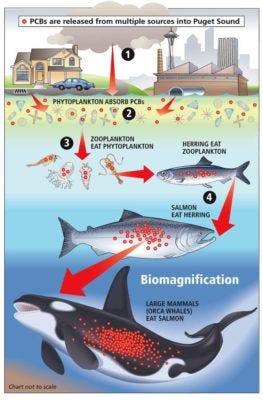
Taking Action: What You Can Do
Educate yourself and others about the plight of the Southern Resident Orcas. Numerous organizations focus on orca conservation and research.
Use Your Voice
Share your thoughts with policymakers and advocate for change. Your voice matters, and collective action can yield significant results.
Mindful Consumption
Being aware of your fish consumption choices is crucial. While overfishing may not solely contribute to the SRKWs' endangerment, it is vital to consider the broader ecological impact.
Adopt Eco-Friendly Practices
Incorporate sustainable habits into your daily life, such as reducing waste and conserving resources. Every small action contributes to a larger goal of environmental stewardship.
Conclusion: Our Interconnectedness
As I compiled this article, I learned both positive and negative developments. On July 27th, the SRKWs were sighted in the San Juans after a prolonged absence, likely due to food scarcity. However, K21, a member of the population, was later observed in poor condition and is presumed dead.
The interconnectedness of all life is profound. Humans, orcas, salmon, and other species all share this ecosystem. The decline of Chinook salmon in the Salish Sea impacts not only the orcas but also bears, birds, and Indigenous communities that have relied on these fish for generations. As we confront the consequences of our actions, it is essential to remember that we are all part of this ecosystem. Let us work together to restore balance and ensure that all life on Earth can thrive.
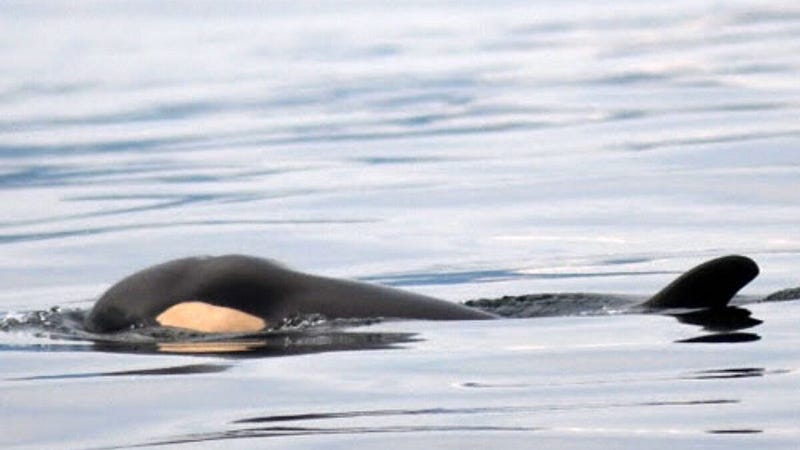
Discover the unique characteristics and challenges faced by Southern Resident Orcas in this insightful video.
Join Erin Gless as she explores the lives of Southern Resident Killer Whales and the conservation efforts underway to protect them.